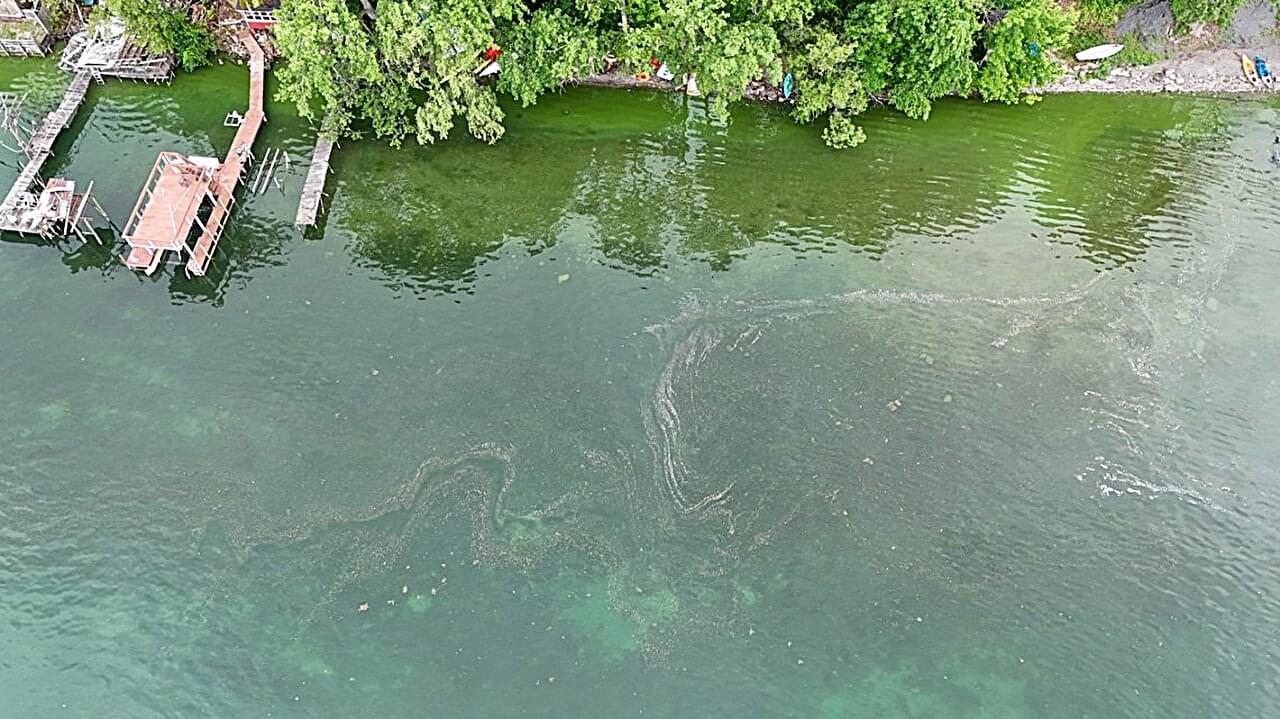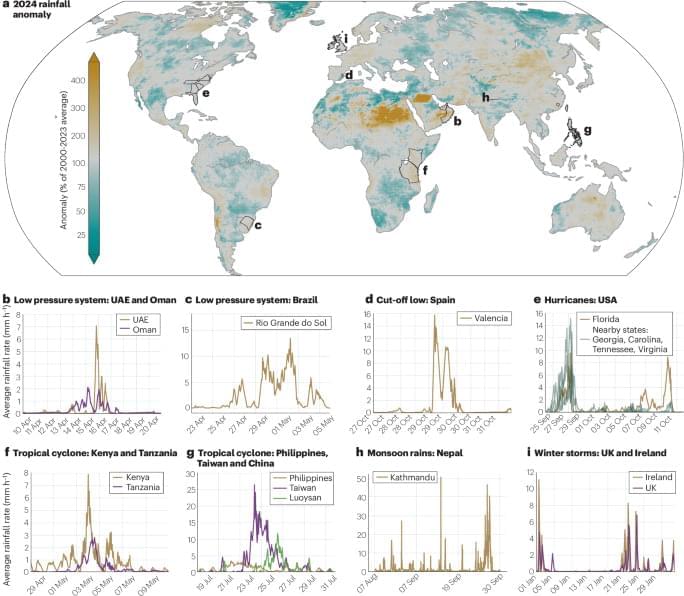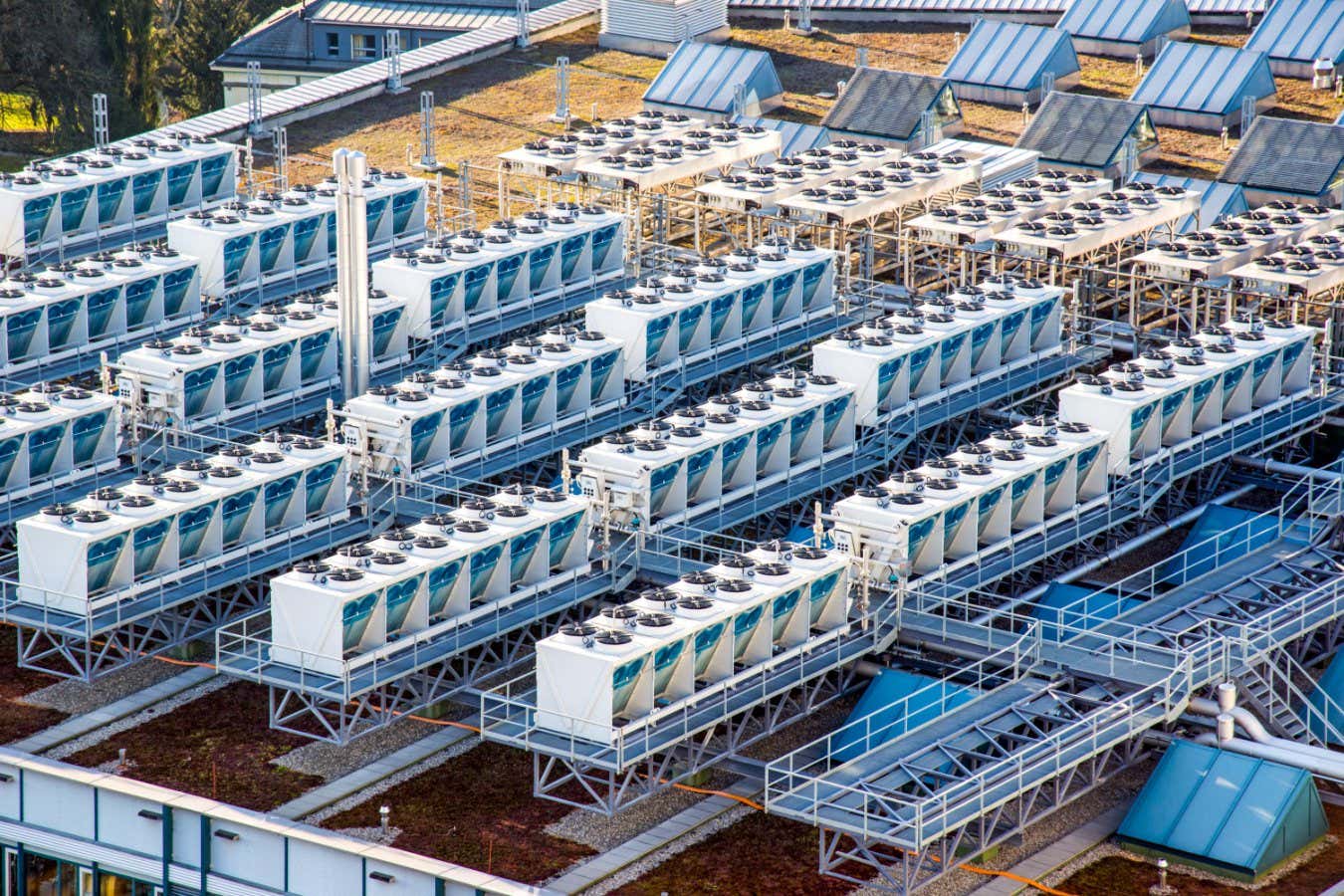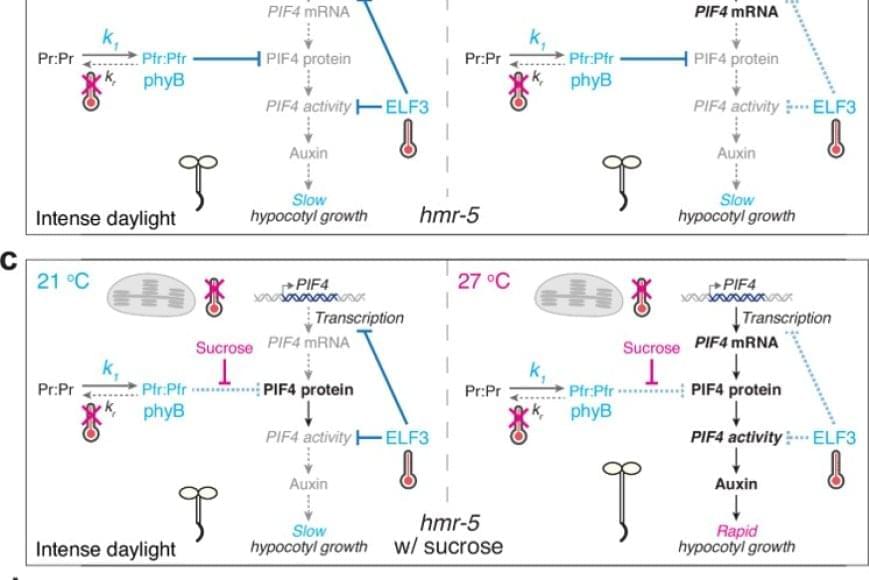An alga that threatens freshwater ecosystems and is toxic to vertebrates has a sneaky way of ensuring its success: It suppresses the growth of algal competitors by releasing chemicals that deprive them of a vital vitamin.
The finding was reported in a new study from Cornell University, describing how the cyanobacteria Microcystis aeruginosa manipulates its environment to give itself advantages to take over the water column, leading to harmful algal blooms and mats in lakes during hot summers.
“Microcystis seems to be able to dominate more and more in the changing climate,” said Beth Ahner, professor in the Department of Biological and Environmental Engineering and corresponding author of the paper.









